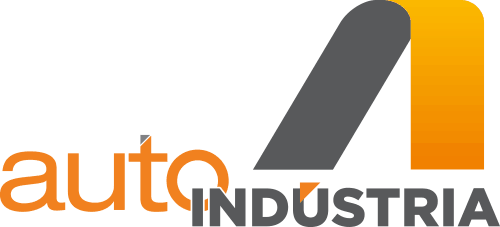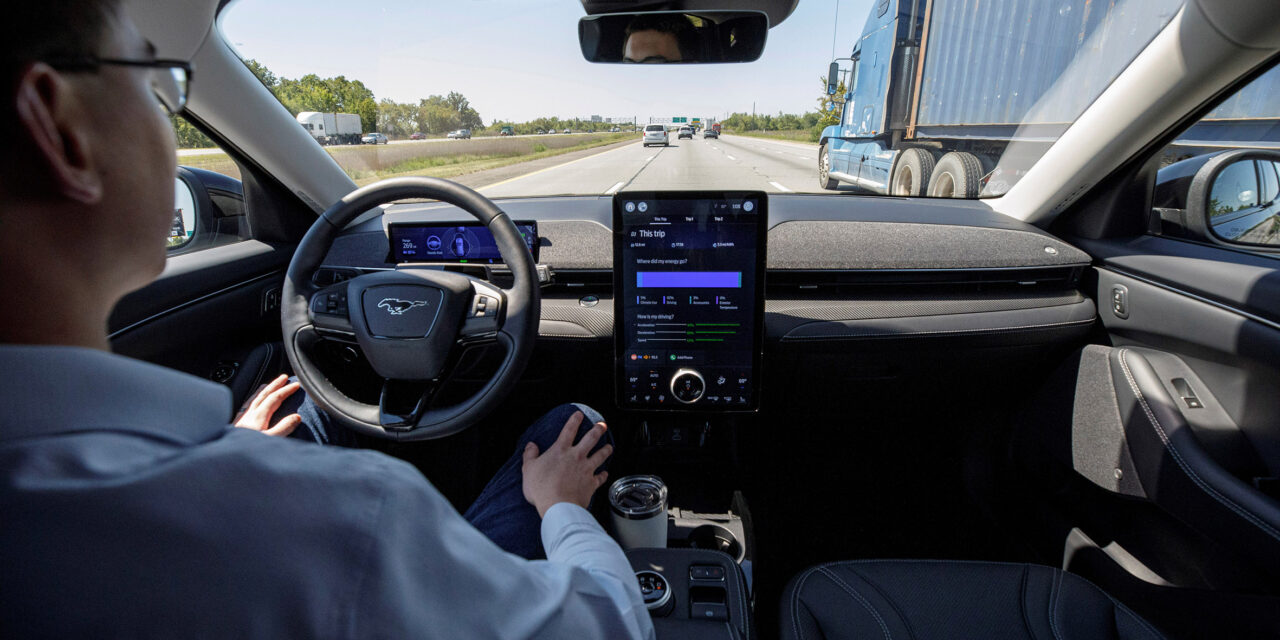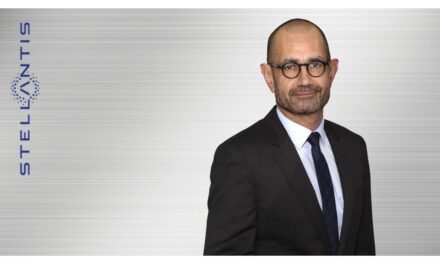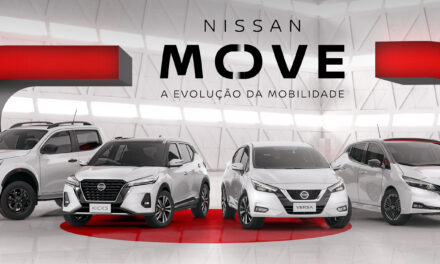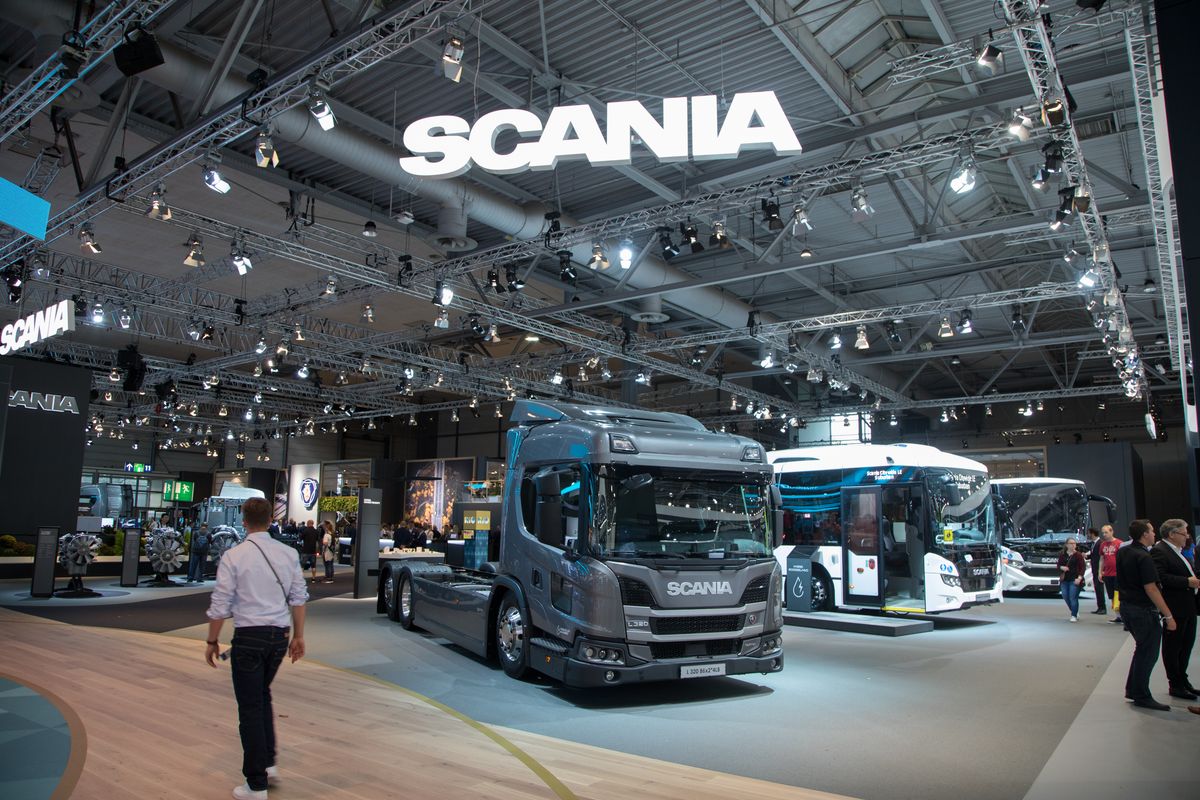By Redação AutoIndústria | Translated by Jorge Meditsch
Technologies that will take to fully autonomous cars are constantly advancing to reach an increasingly larger public. The simultaneous development work on various fronts by an infinity of companies generates increasingly more frequent and affordable novelties.
Ford is one of this process’ protagonists. Its BlueCruise handless driving system is already a standard item in the F-150 pickup, the Mustang Mach-E sports car and Lincoln brand models. More than 114 thousand vehicles are already riding semi-autonomously more than 200 km in North America’s specific roads, called “Hands-Free Blue Zones”.
The manufacturer bet on increasing customers’ interest in the technology with the launch of the 1.2 version, activated by subscription and with three new functions included: lane change assist, in-lane repositioning and predictive speed assist.
The lane change assist eases overtaking and is activated when the driver taps the turn signal. It announces the change and may even suggest moving to a better-flowing lane in slow traffic.
The predictive speed assist adjusts the speed when the car approaches a sharp curve and alerts the driver about what there is ahead, while the in-lane repositioning system shifts the car away from vehicles in adjacent lanes to increase safety.
The BlueCruise, classified as an SAE Level 2 driver assistance system, already commands the vehicle steering, throttle and brakes but still demands the driver to keep alert and be ready to take command when needed.
When it identifies a pre-qualified road, the BlueCruise confirms if the lane strips are visible and if the driver is keeping eyes on the road before activating hands-free drive. If the driver needs to resume attention or take vehicle control, the camera and sensors deploy a visual and sound alert.
